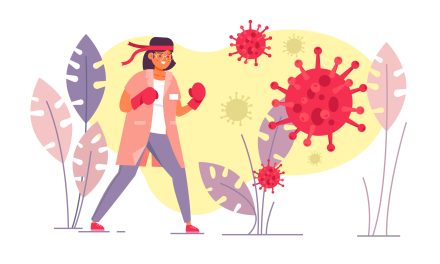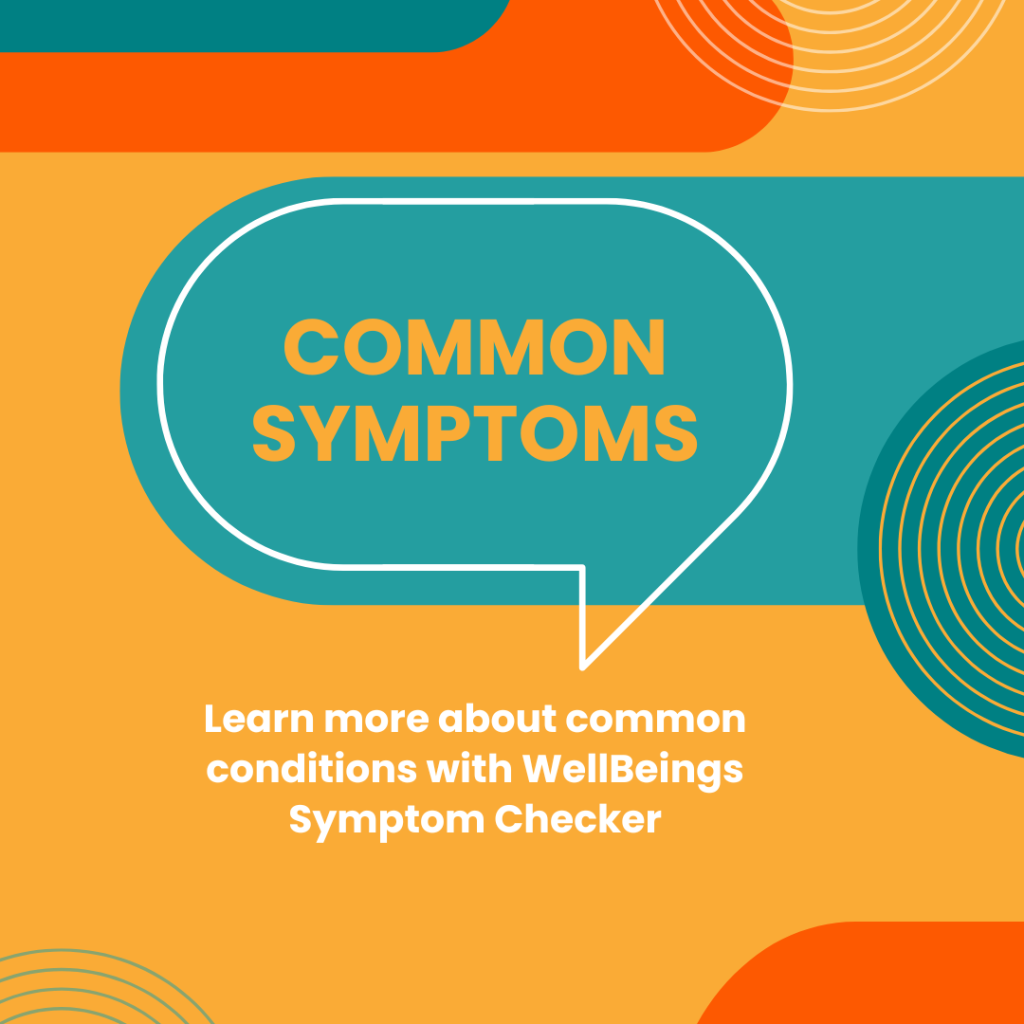Childhood diabetes can be challenging, but you can help your child to be as healthy as possible
Imagine being 10 years old and having to take insulin medication each day. This is the reality for millions of children with diabetes.
“A ticking time bomb.” This is how the World Health Organization describes the epidemic of diabetes in Africa.
Africa is facing a growing problem of obesity and overweight, and the trends are rising. This is a ticking time bomb. If unchecked, millions of people, including children, risk living shorter lives under the burden of poor health. – Dr Matshidiso Moeti, WHO Regional Director for Africa
How do children
get diabetes?
Type 1 diabetes is known as a chronic disease. It starts early in childhood and understandably, can be a lot for a young child to deal with. It happens as the immune system attacks the cells that produce insulin in the pancreas, which leads to an insulin deficiency. If left untreated, diabetes can trigger kidney failure, heart disease and people may even need to have certain limbs amputated. So, diabetes is super serious. Children with this type of diabetes will need insulin therapy, blood sugar monitoring, and must be mindful of their diet and lifestyle.

Type 2 diabetes
Then there’s Type 2 diabetes. The promising aspect of this type is that parents and children can do a lot to manage the effects. Type 2 diabetes is often called a lifestyle disease, because it typically stems from factors like a poor diet, not enough physical activity, and being overweight or obese, or because of genetics.
Unfortunately, many children are on the path to obesity in recent years, and childhood diabetes is on the rise.
Recognise the common signs of diabetes
Type 1
- A sweet or fruity smell on the breath. This is a sign of diabetic ketoacidosis (DKA), a serious condition that calls for urgent medical assistance.
- Frequent thirst and urination.
- Constant hunger yet is also losing weight.
- Constant fatigue, weakness, and blurry vision.
Type 2
- Increased thirst and urination.
- Bigger appetite, constantly hungry.
- Darkened skin around the neck, armpits and groin areas.
- Abnormal weight gain for their age range.
- Constant fatigue and falls sick easily.
- Wounds take longer to heal.
What can I do to help my child?
- If your child has Type 1 diabetes, it’s vital to teach them about their condition. Try to explain things in an age-appropriate way so they don’t become scared, but they still understand that it’s important to take care of their health. Monitor their blood sugar levels regularly, and as they get older, teach them how do it themselves.
- Make sure you know how to administer the insulin medication, whether it’s an injection, the pen, or an insulin pump. Only when your child is old enough, should you show them how to safely give themselves insulin injections.
- When it comes to Type 2 diabetes, there’s a lot that you, as a parent, can do to manage your child’s condition. First and foremost is getting enough exercise, and eating well. This means really cleaning up their diet. More vegetables, fruit, wholegrains, and healthy fats. Less sugar, salt, soft drinks, and processed foods.
Help at hand
Learn as much as you can about insulin management and make sure that your child receives his medication as the doctor has prescribed. It’s important that you demystify the condition for your child’s understanding. There’s no need to scare them with confusing medical information and statistics.
Take care to stress the importance of getting healthy and fit to combat diabetes. With Type 1 diabetes, it’s about making sure that your child’s blood sugar levels are kept in the normal range. This will involve medication. You will need to check their levels a few times a day and give the medication as necessary. Don’t forget to ensure your child gets regular check-ups.
Images: Freepik





















